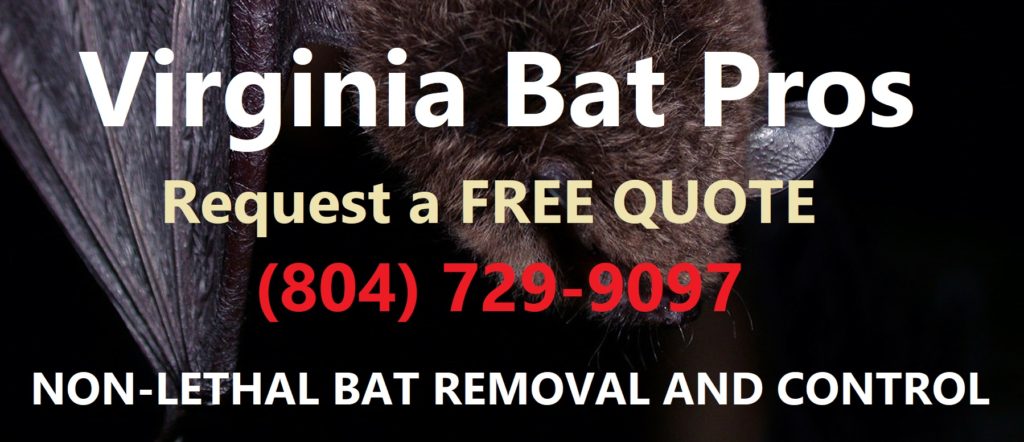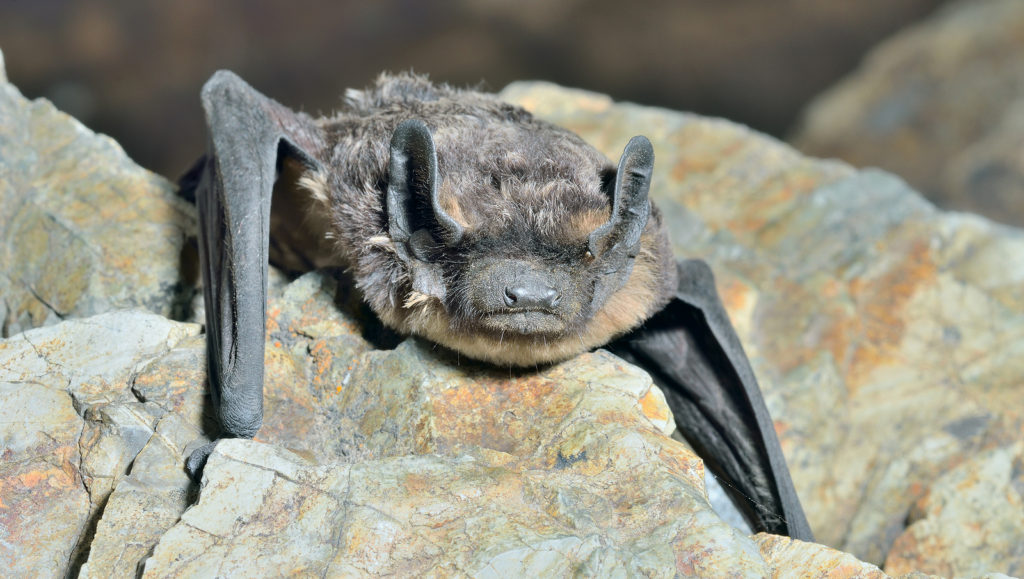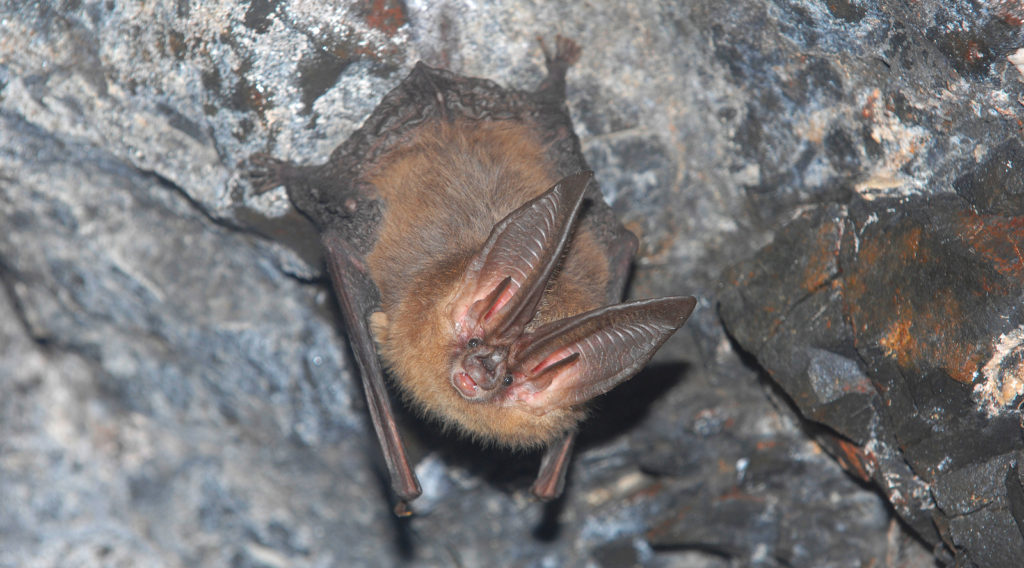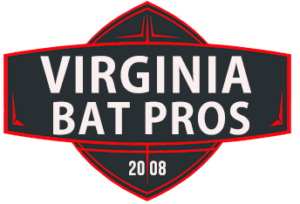Bats are known carriers of several infectious diseases. One of the most dangerous diseases that can be transmitted by bats is the Rabies virus. Upon contracting the disease, victims are left with no recourse, as there is no cure for rabies. For this reason, anyone or any pet suspected of being bitten by a bat should seek immediate medical attention.
Continue reading to learn what you should know about bats and rabies, including when bats should be captured and tested for this fatal virus.
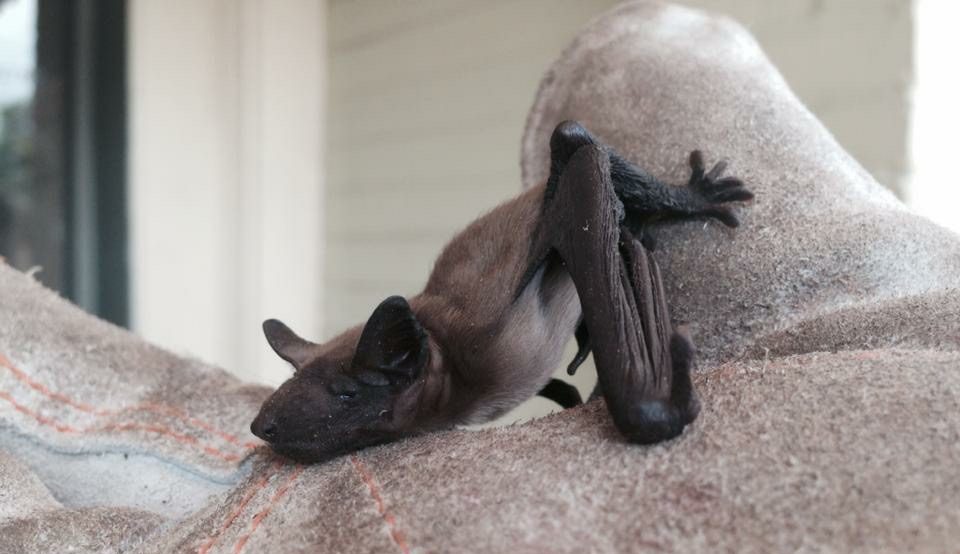
The Virginia Department of Health
The Virginia Department of Health recommends to capture a bat and have it tested for the Rabies virus if one is ever found indoors where people and pets reside. Keep in mind that less than .5% of the entire bat population is actually infected with Rabies, however, it is still a risk to be cautious about. Treat all bats as if they have Rabies, and avoid them at all costs. At the same time, it is vital that you never attempt to harm, kill, or trap a bat under any circumstances. Some species are federally-endangered, and therefore, protected under law. See our blog, “Federally Endangered Species of Bat in Virginia” to learn which ones.
Recognizing Bats in the House
One of the most common signs of bat presence in a house, and often the initial once notice, is hearing strange noises in the walls or ceilings, such as squeaking, chirping, and chattering. You may also hear fluttering noises from their wings as they shuffle around their roosting area. Also, visually spotting bat guano (dropping) or actual bats, is another tell-tale sign that bats are inside. Additional signs include oil stains around entry points, foul odors lingering indoors, and yellow and brown-like stains on ceilings and walls. Read our blog, “The Top Three Signs that You Have Bats in the House” for help.
How to Capture a Bat
If you find a bat in the house, first get all people and pets to a guarded room. Your next step is to contact a local and licensed Virginia bat removal and control company for emergency bat extraction service. It might help to read our blog, “State Laws Surrounding Wild Bats” to understand why you should never attempt to tamper or interfere with bats under any circumstances.
Virginia Bat Removal and Control
Call Virginia Bat Pros at 804-729-9097 for safe and humane bat removal and control assistance in Old Dominion. We serve all of Virginia and its surrounding areas. We offer 24 hour bat removal, as well as, numerous residential and commercial bat exclusion services, such as bat cleanup and restorations for bat damages. We even provide insurance work! Contact us today for a free estimate.
